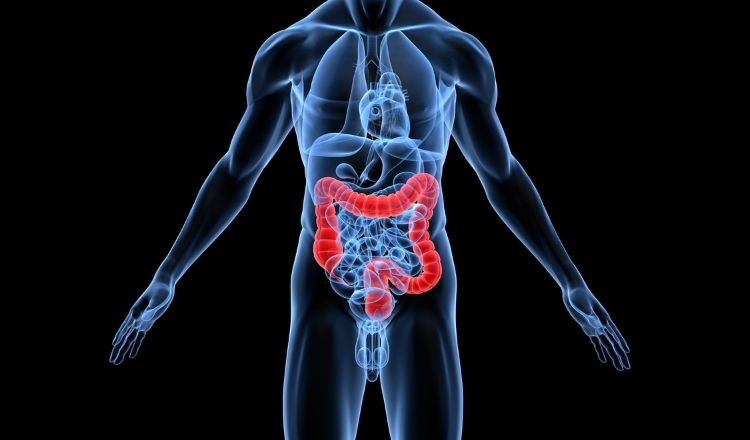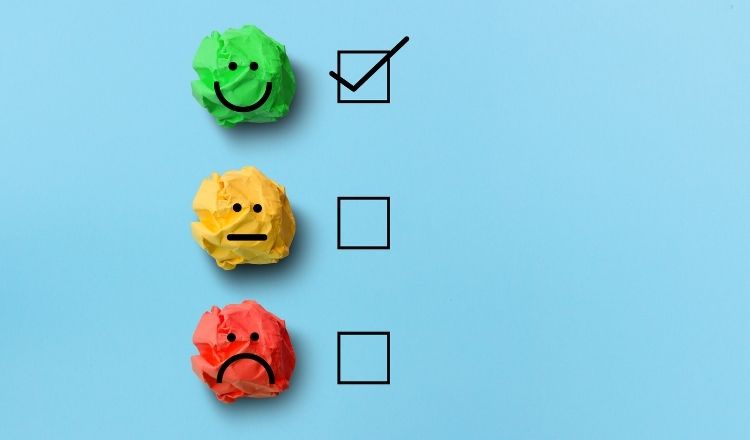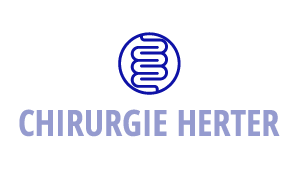
Colonoscopy in Munich
Endoscopic procedures allow us to examine the oesophus, stomach, duodenum, the large intestine and the end part of the small intestine. Our anesthesiologist uses analgosedation (otherwise called analgesic sedation or half-sleep) during the examination. This allows us to conduct a routine, entirely painless and gentle examination.
The Endoscope is an optical instrument used for procedures in which the gastro-intestinal organs are examined and where tissue samples can be taken for laboratory analysis. The procedure, called Endoscopy, is painless and allows the best possible examination of the hollow organs of the gastro-intestinal tract without surgery. In our ambulance we offer the possibility to use Co2gas infiltration instead of air infiltration, to avoid pain and flatulence after the procedure. The endoscope is also used for minimal invasive endoscopic procedures such as removing polyps and stopping internal bleeding. It is the best, accurate, painless and most flexible instrument we have today.
Preparation:
thorough cleansing of the bowel
Examination:
outpatient
Working ability:
after approx. 24 hours
Colonoscopy
A colonoscopy allows examination of the entire large intestine and the final section of the small intestine. The procedure is undertaken with the patient under analgosedation (sedation induced half sleep) so that the patient feels nothing of the entire procedure. A tube a few millimeters in diameter is inserted in the anus and maneuvered through the large intestine into the final section of the small intestine. The miniature light and video camera mounted on the tip of the endoscope transfer live video of the intestinal walls to a monitor in the operation room for the physician. The patient remains in sedation throughout the entire procedure.
Symptoms leading to Endoscopic gastroscopy:
- Blood or slime in Stool
- Changes in stool and/or habits
- Chronic constipation
- Chronic Diarrhea
Diseases diagnosed through Endoscopic Gastroscopy:
- Ulcers
- Infections
- Tumors
- Verticulitis
Minimal Invasive endoscopic procedures and instruments used during endoscopic Gastroscopy
Procedures:
- Removing Polyps
- Stopping internal bleeding
- Removing tissue samples from tumors
Instruments:
- Polypectomy Snare
- Forceps
- Balloon probe
- Endoprosthesis
- Clips
- Injection Needle
- Scrubber
Testimonial from a patient:
Super friendly and helpful. Went there for a Gastroscopy and I was feeling very well taken care of, very calm environment and friendly staff! Me not speaking good German was not an issue what so ever.
Source: Google

Pre examination Preparation:
In order to examine the intestines, an “unobstructed view” is required. The intestines are cleansed with a laxative the day before the colonoscopy. The patient is required to take the laxative, ( e.g. Fleet®) and a saline solution (e.g., Golytely®) the evening before the colonoscopy. In addition, the patient is encouraged to drink fluids, specifically water and tee. A second laxative is taken the morning of the examination at home to ensure the intestines are clear.
The Examination:
The patient will be asked to lie down while an analosedation is applied. The patient will remain in a light half sleep the throughout the entire procedure and will feel nothing. The patient will usually lay on their left side, while the endoscope tube, a flexible tube a few centimeters in diameter with a video camera is inserted in the anus. Video pictures of the intestine are displayed on a monitor in the Operating room for the physician to view and carry out any minimal invasive endoscopic procedures (polyp removal, tissue samples, etc) required.
Post examination:
The colonoscopy is an outpatient procedure. After approximately 30 minutes, the patient will be allowed to eat and drink. Any immediate findings will be discussed and a therapy suggested if required. The patient will be able to return home, but not to drive or work for the next 24 hours. Further diagnostic findings will be discussed after lab results have arrived at a second appointment with the physician.
Your health is
important to us
Office Hours
Monday, Tuesday, Wednesday: 8:30 – 16:00
Thursday: 8:30 – 18:00
Friday: 8:30 – 13:00
and by appointment
